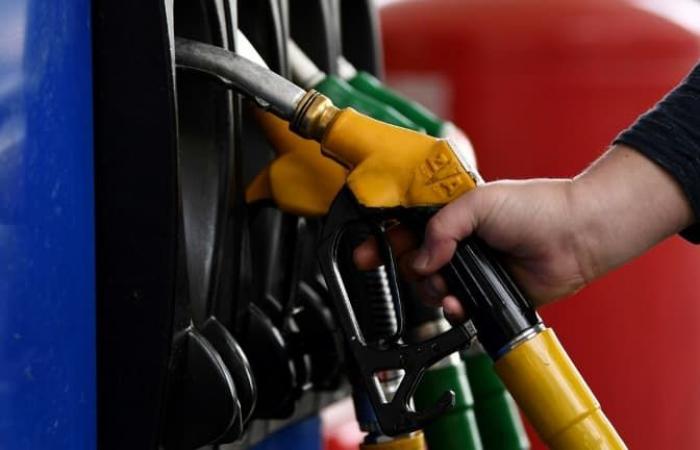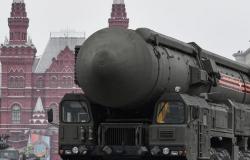Eight OPEC+ member countries announced a sharp increase in oil production on Saturday for the month of June, which should result in an increased drop in the price of fuels in the coming weeks.
It was therefore only a passenger rebound. In mid-April, the prices of liters of diesel and gasoline increased by about three cents in the space of a week when they had lost no less than ten cents since the beginning of the month. A change in variation which then made it fear a sustainable reorientation upwards while diesel flirted with the symbolic bar of the 1.50 euro per liter. Finally, this threshold may well be reached in the next few weeks.
According to data from the Ministry of Ecological Transition, liters of diesel but also of petrol saw their price starting down last week. The first is again under 1.55 euros while the second approaches 1.65 euros. Over a week, this decline is very limited since it oscillates between 0.3 and 0.4 cent per liter of fuel. But it could well increase during the month of May thanks to a recent decision by member countries of the organization of oil exporting countries and their allies (OPEC+).
The prices of black gold barrels return under 60 dollars
On Saturday, eight OPEC+ member countries announced a strong increase in oil production for June, accelerating the rhythm of reopening of valves. Saudi Arabia, alongside Russia and six other cartel members, will get out of the ground 411,000 barrels per day, as in May, according to a press release, while the initial reintroduction plan provided for an increase of only 137,000 barrels.
The members of the Organization of Petroleum Exporting countries (OPEC), led by Ryad, and their allies led by Moscow, in 2016 formed an agreement called OPEC+ to better weigh on the market. These 22 countries, mostly very dependent on the oil windfall, played until recently on the scarcity of the offer to boost prices, keeping in reserve millions of barrels.
With a more marked effort on the part of eight members, who have made additional discounts: in addition to Saudi Arabia and Russia, Iraq, the United Arab Emirates, Kuwait, Kazakhstan, Algeria and Oman are concerned. After repeating the reintroduction of these volumes several times, they started the process in early April and now press the accelerator.
And this acceleration already produces effects on oil prices. While the price of the barrel of Brent was still around 65 dollars a few days ago, after already a notable weekly drop, it went below 60 dollars on Monday morning while that of American WTI fell to 56 dollars. Enough to consider significant repercussions on prices at the pump in French Assembly stations within two to three weeks.
The drop in fuel prices in the coming weeks will be less than that of a barrel because oil represents only around 30% of that of gasoline in station. The rest being made up of taxes (60%) and the cost of refining (10%). It is considered that an average of a drop of $ 1 dollar in the price of oil corresponds to a drop of 1 cent to the pump.
But with the already committed decrease of Brent’s courses, the 1.50 euro bar on an average liter of fuel should be crossed in the coming weeks. This is already the case in many stations on the territory.
The return to 1 euro per liter to the pump?
And after? Can we envisage oil that would continue to lower with a liter of fuel that would largely descend under 1.50 euros to flirt with a euro?
Experts do not venture into prices on prices, exogenous shocks that can always occur. However, all of them recognize that the signals are oriented in the direction of a drop which should continue.
In a context of slowdown in global growth (there is less oil), Donald Trump’s trade war, which scrapes the dollar and more broadly progressive electrification of the fleet and the progressive abandonment of thermal power plants, the consumption of hydrocarbon should continue to decrease.
In this context, the increase in production announced by OPEC+ is likely to accentuate the gap between supply and demand for oil. Consequently considering a return at fuel floors prices as for example in 2016 (1 euro per liter of diesel and 1.20 euros that of petrol) is no longer a completely fanciful hypothesis.








